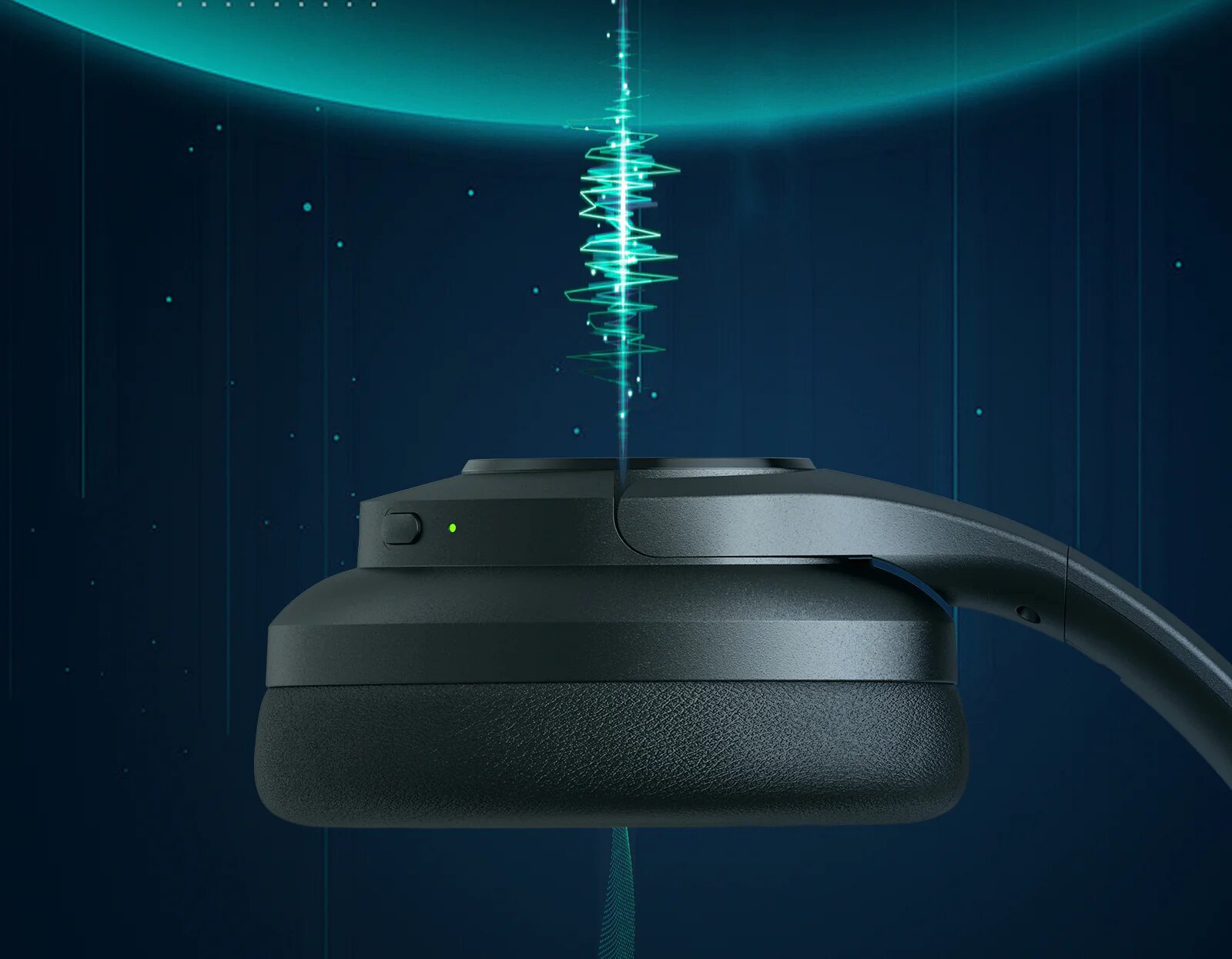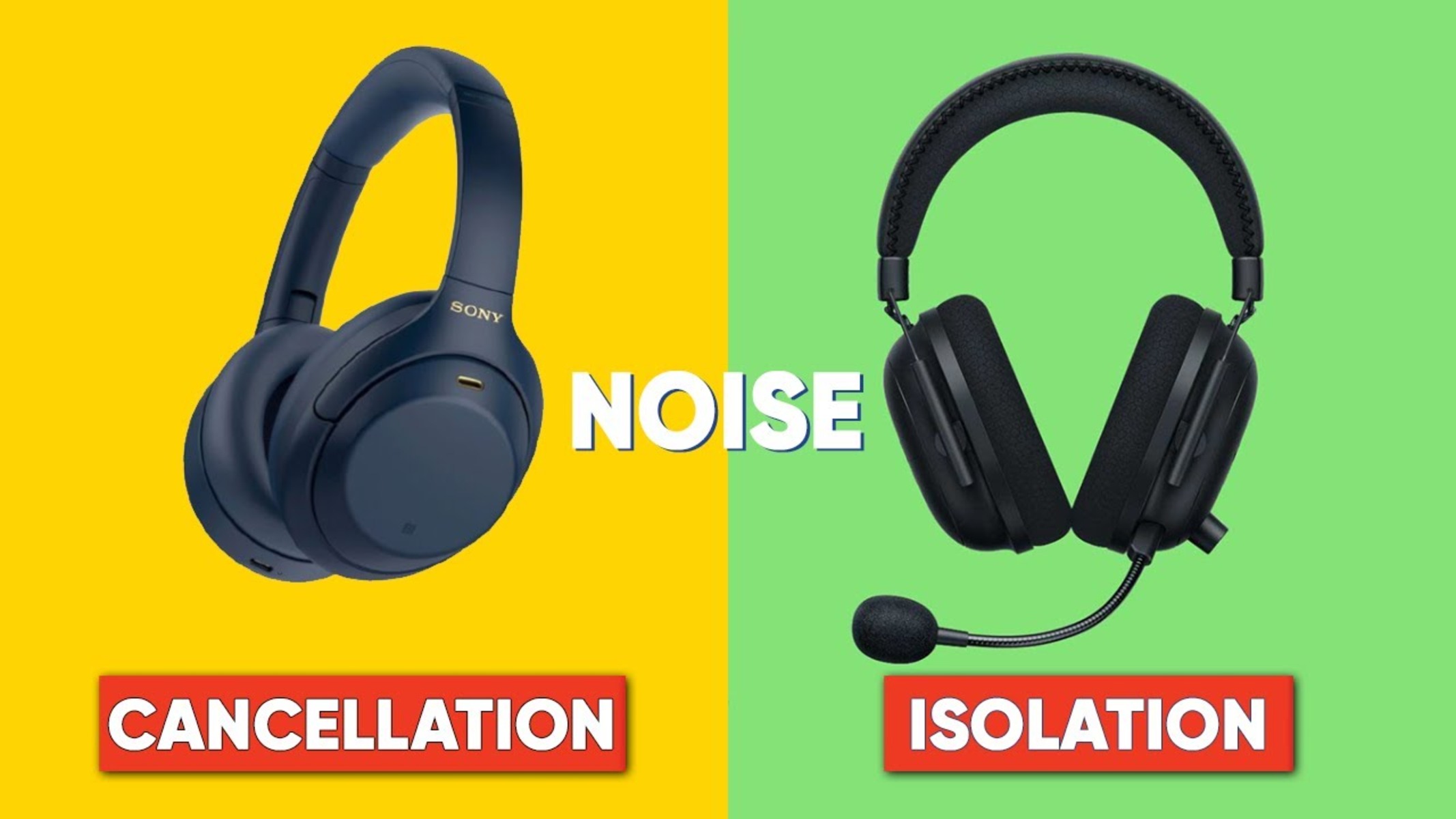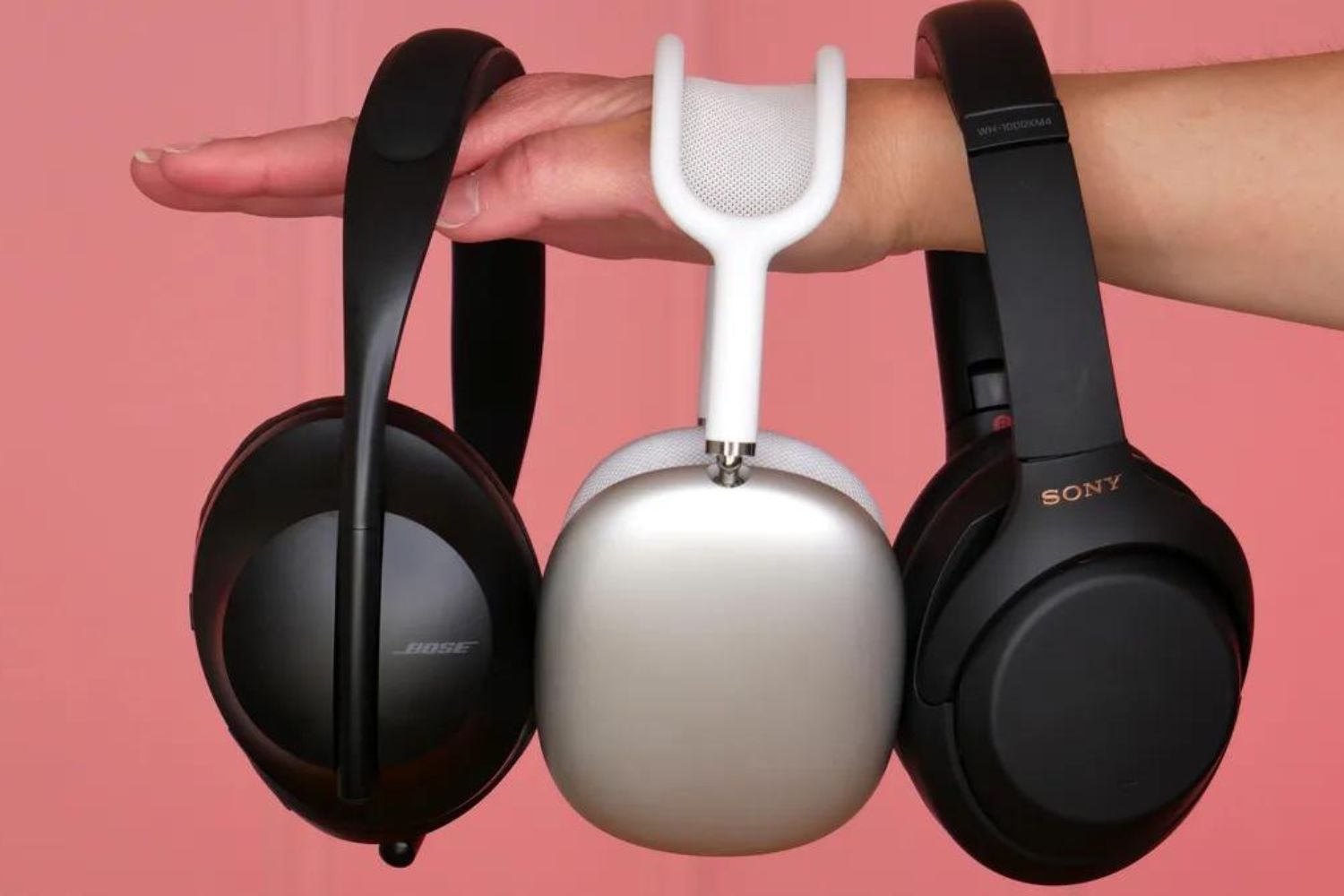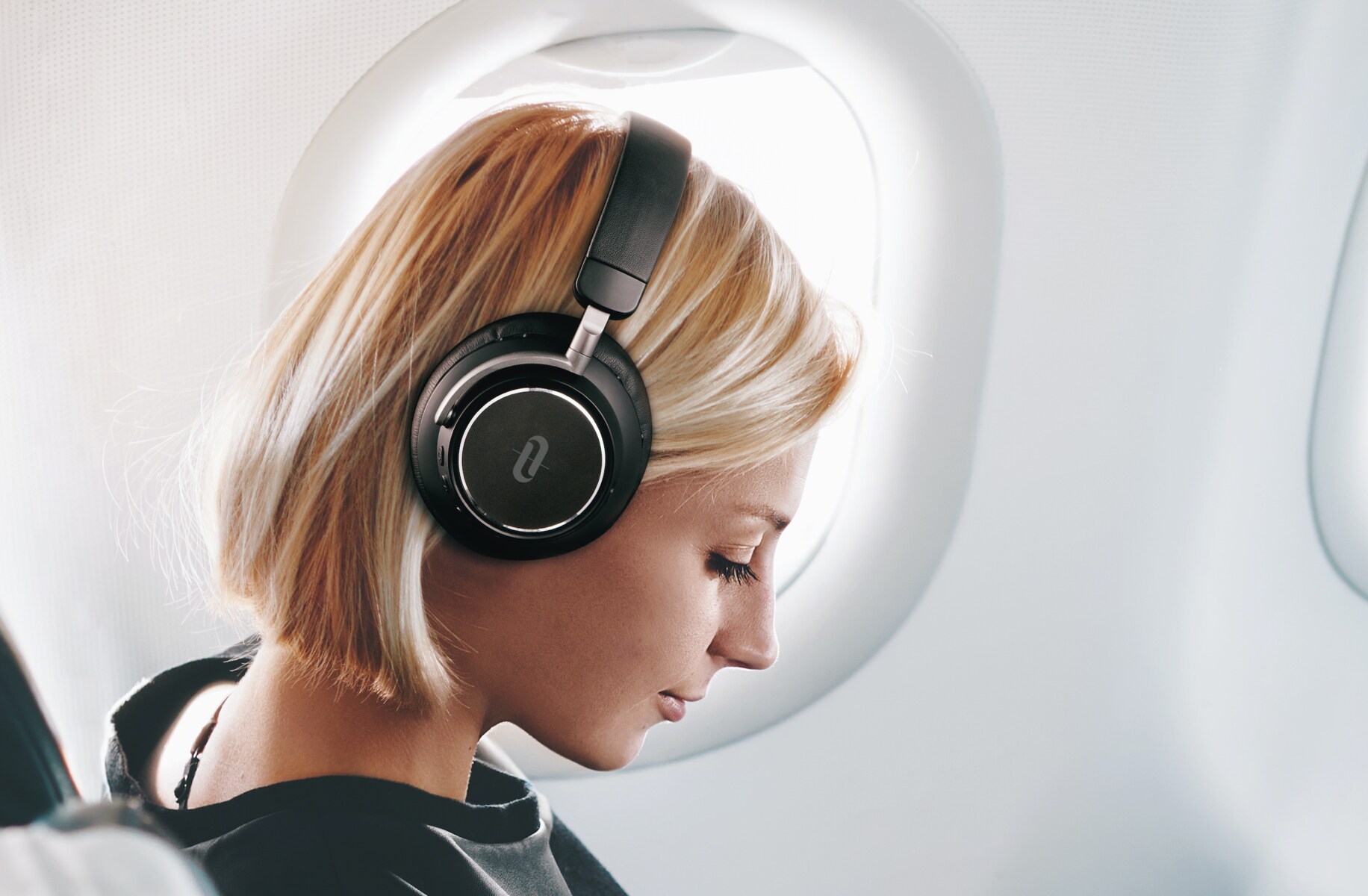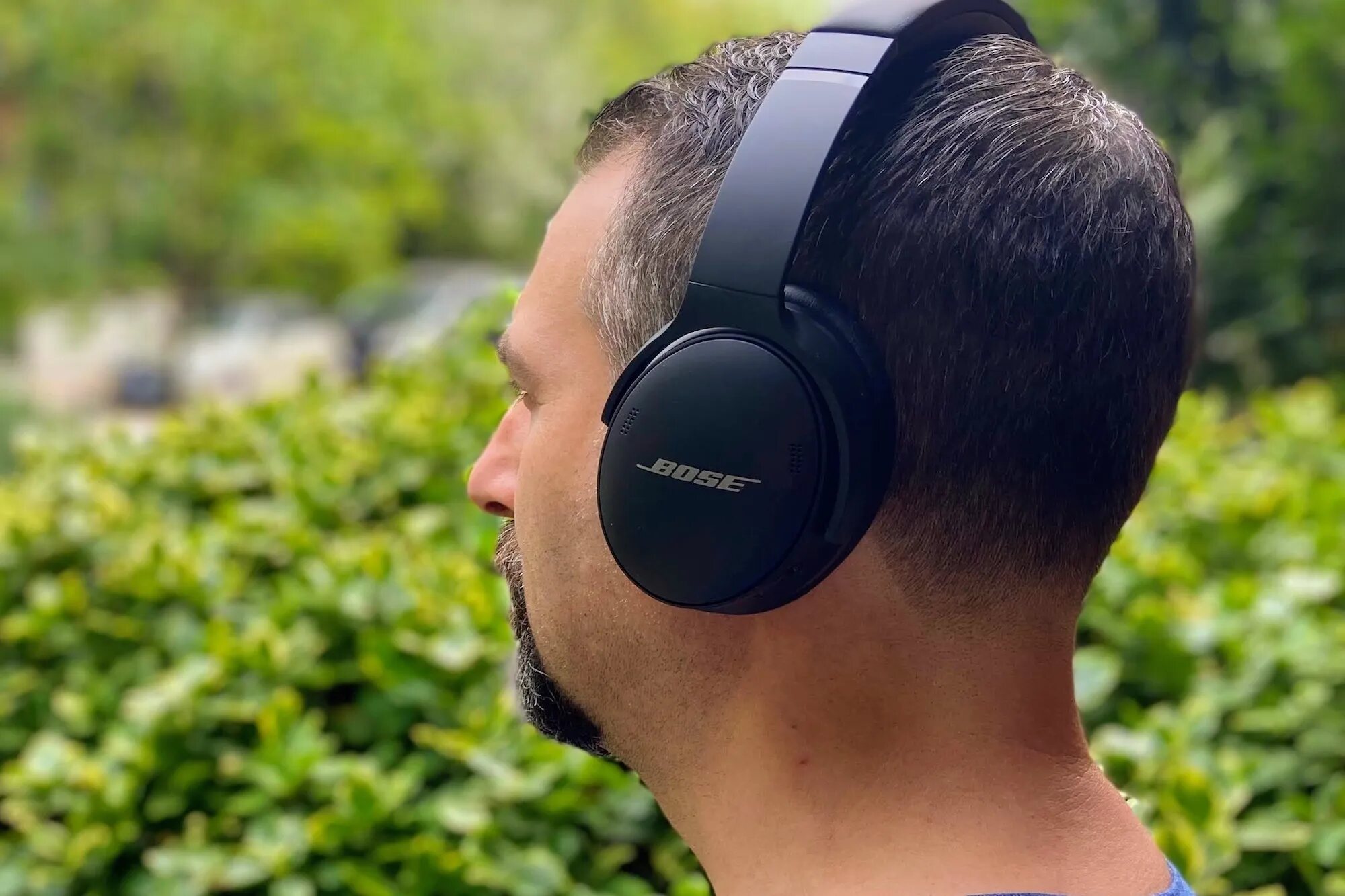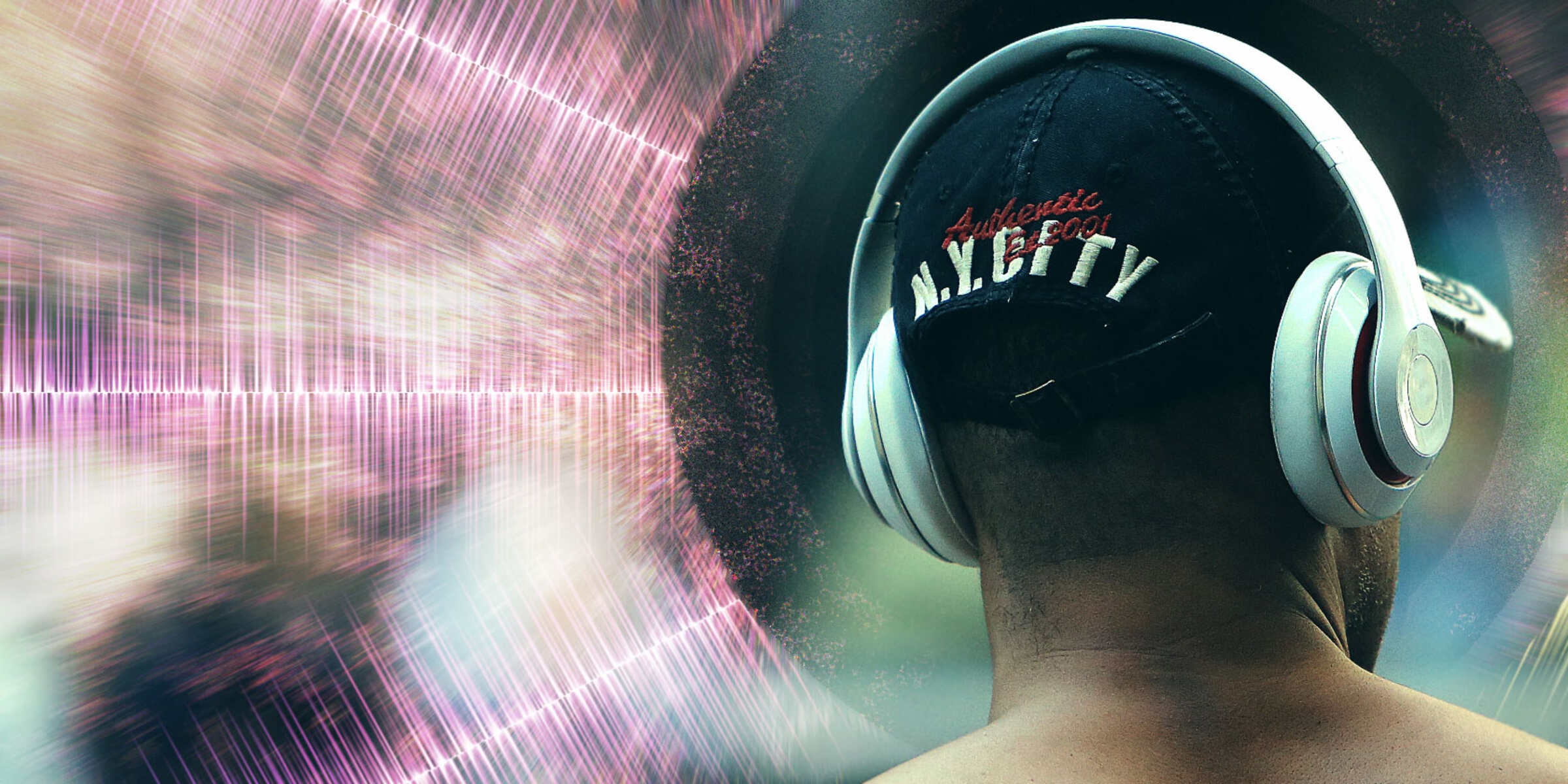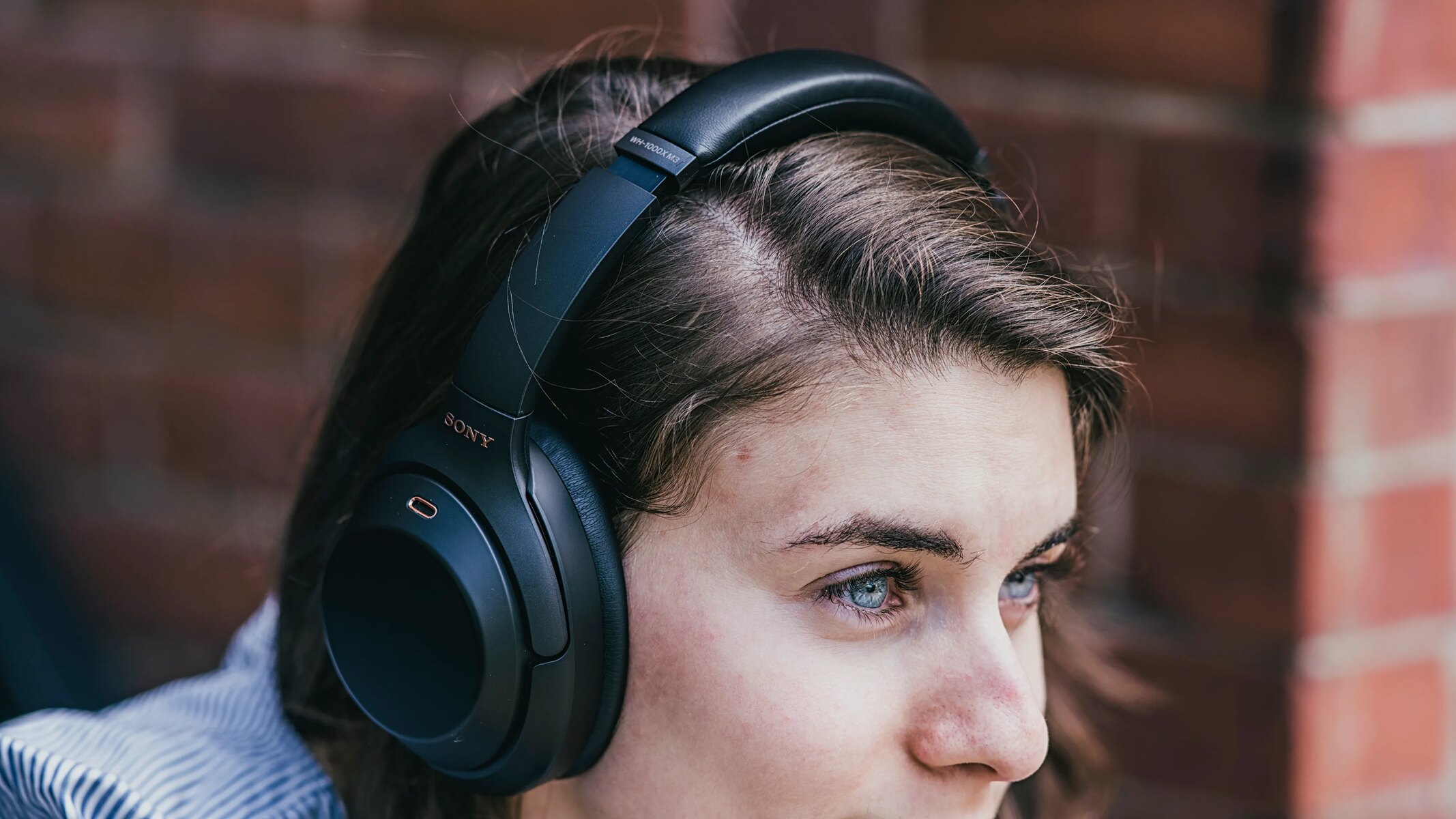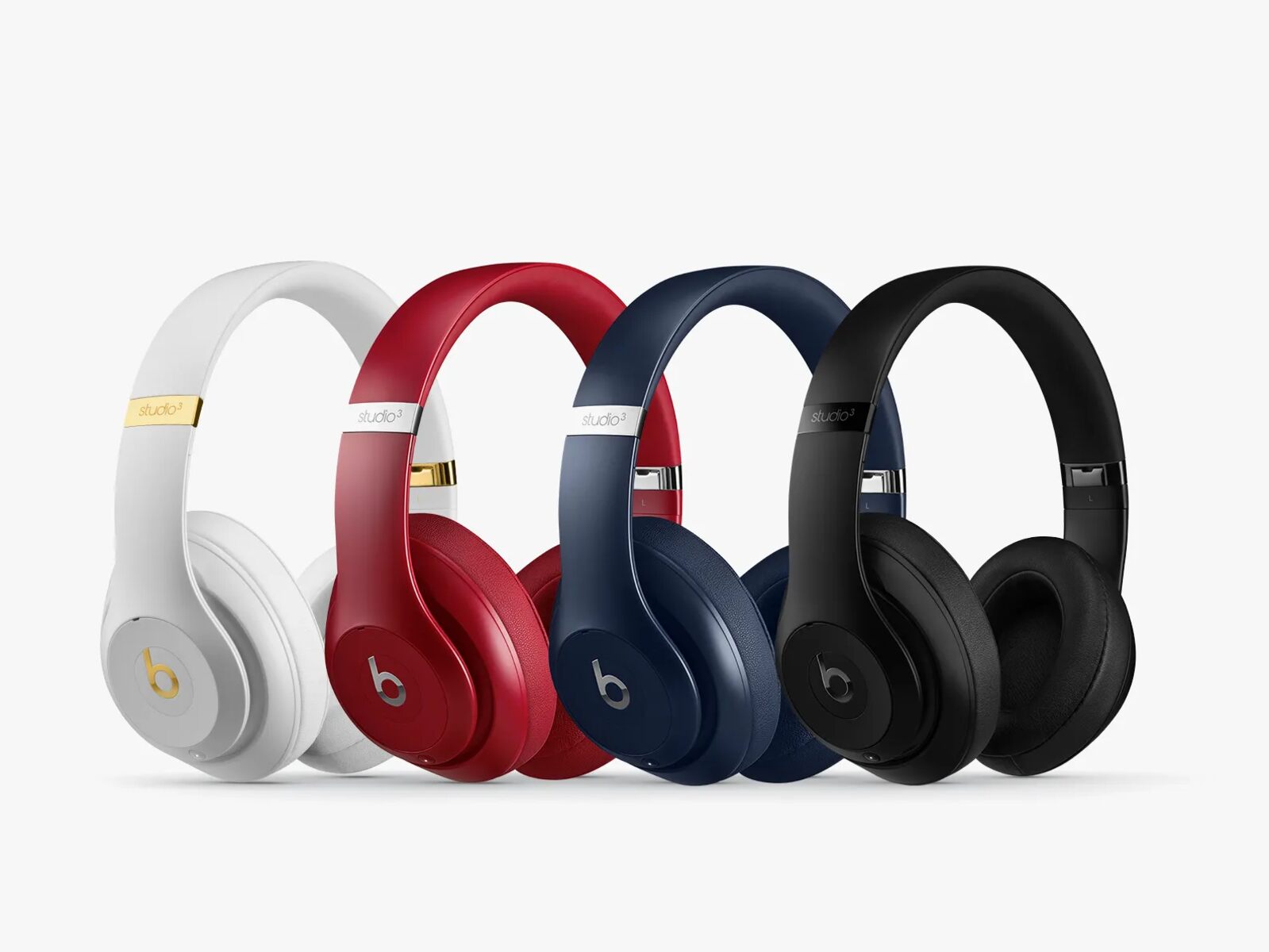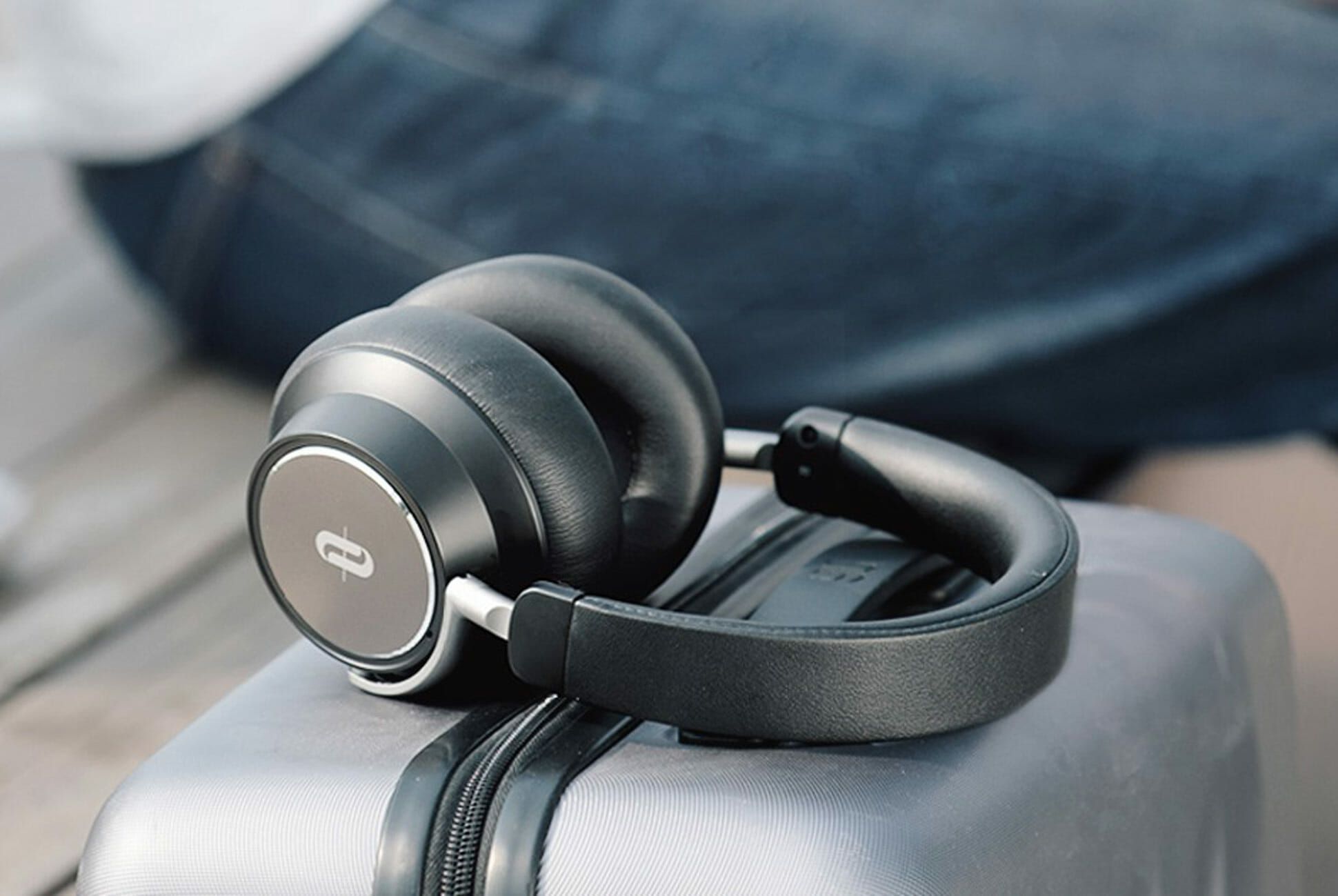Introduction
When it comes to enjoying music or immersing yourself in your favorite podcast or audiobook, having the right pair of headphones can make all the difference. Two common types of headphones that you may have come across are noise cancelling headphones and noise isolating headphones. While they may sound similar, there are distinct differences in how they work and the benefits they offer.
Noise cancelling headphones and noise isolating headphones are both designed to minimize external noises and enhance your audio experience, but they achieve this in different ways. Understanding the differences between these two types of headphones will help you make an informed decision when looking to invest in a new pair.
In this article, we will explore the key features of noise cancelling headphones and noise isolating headphones, how they work, and the benefits and drawbacks of each. By the end, you will have a clear understanding of the differences between the two and be able to choose the type of headphones that best suit your needs.
Noise Cancelling Headphones
Noise cancelling headphones are designed to reduce or eliminate ambient sounds by using advanced technology. These headphones feature built-in microphones that pick up external noises and generate an opposite sound wave to cancel them out. The generated sound wave, known as an anti-noise, is then played through the headphones, effectively canceling the incoming noise.
One of the main benefits of noise cancelling headphones is their ability to block out lower frequency sounds such as engine hum, airplane noise, or the rumble of a train. This makes them highly suitable for frequent travelers or those who work in noisy environments. With noise cancelling headphones, you can enjoy your audio content without the distraction of background noise.
Moreover, noise cancelling headphones provide a more immersive listening experience as they allow you to focus solely on the audio you are listening to. This can be particularly beneficial when working in a noisy office or when you need to concentrate on studying or creative tasks.
However, noise cancelling headphones do have a few drawbacks. Firstly, they tend to be more expensive than noise isolating headphones due to the advanced technology involved. Additionally, noise cancelling headphones require batteries or a power source to operate, which can be an inconvenience when the battery runs out.
Furthermore, while noise cancelling headphones are effective at reducing low-frequency sounds, they may not be as effective at blocking out higher frequency noises such as conversations or loud voices. If you are specifically looking to block out all external sounds, noise isolating headphones may be a better option.
In summary, noise cancelling headphones use advanced technology to cancel out external sounds and provide a more immersive listening experience. They are effective at reducing low-frequency noises and are ideal for frequent travelers and individuals working in noisy environments. However, they can be more expensive and require a power source to operate.
How Noise Cancelling Headphones Work
Noise cancelling headphones rely on an ingenious technology called active noise cancellation (ANC) to reduce or eliminate unwanted external sounds. The process involves three main components: a microphone system, a digital signal processor (DSP), and a speaker driver.
Firstly, the built-in microphones in the headphones pick up the surrounding sounds. These microphones capture the ambient noise occurring in your environment, whether it’s the hum of an airplane or the chatter of a crowded coffee shop.
The captured sound is then processed by the digital signal processor (DSP) of the headphones. The DSP analyzes the sound wave and identifies its frequency components. It then generates an equal but opposite sound wave, also known as an anti-noise, which effectively cancels out the incoming noise. This anti-noise is mixed with the audio that you are listening to.
Finally, the speaker driver in the headphones reproduces the mixed sound, combining the original audio and the anti-noise. The final result is that the unwanted external noises are significantly reduced or eliminated, allowing you to enjoy your audio content without interruption.
One key aspect of noise cancelling headphones is their ability to effectively cancel out lower frequency sounds, which are typically the most noticeable and distracting. This is made possible by the technology that allows the headphones to generate anti-noise that matches the frequency and amplitude of the incoming sounds.
It’s important to note that noise cancelling technology is most effective at reducing continuous noises, such as the sound of an air conditioner or a car engine. However, it may not be as effective at blocking sudden or impulsive sounds, such as a loud clap or a door slamming, as the headphones need a brief moment to process and generate the anti-noise.
Overall, noise cancelling headphones use advanced technology to analyze and cancel out external noises, providing a more immersive and enjoyable audio experience.
Benefits of Noise Cancelling Headphones
Noise cancelling headphones offer several benefits that can greatly enhance your audio experience and provide a more enjoyable listening environment:
- Reduced background noise: The primary advantage of noise cancelling headphones is their ability to reduce or eliminate background noise. Whether you’re on a flight, in a bustling coffee shop, or working in a busy office, noise cancelling technology allows you to focus on your audio content without the distractions of the surrounding environment.
- Improved audio quality: By minimizing external noises, noise cancelling headphones can significantly improve the audio quality of your music, podcasts, or movies. You can hear the subtle nuances and details in the audio that would otherwise be masked by ambient sounds.
- Enhanced productivity and focus: In noisy environments, it can be challenging to concentrate on tasks that require focus. Noise cancelling headphones create a more serene and peaceful environment, allowing you to concentrate on work, study, or creative endeavors without disruption.
- Travel convenience: Whether you’re on a long flight or commuting on a noisy train, noise cancelling headphones can make your travel experience more pleasant. They help to block out the engine noise, the chatter of fellow passengers, and other ambient sounds, allowing you to relax and enjoy your journey.
- Protection against potential hearing damage: In noisy environments, some individuals tend to increase the volume of their audio devices to overcome the background noise. This can lead to potential hearing damage. Noise cancelling headphones can help you listen to audio content at lower volumes, reducing the risk of long-term hearing damage.
- Relief from tinnitus: Tinnitus is a condition characterized by a persistent ringing or buzzing sound in the ears. This can be exacerbated by external noises. Noise cancelling headphones provide relief by effectively reducing the background noise, helping individuals with tinnitus to find some respite and relief.
Overall, noise cancelling headphones offer numerous benefits, including reduced background noise, improved audio quality, enhanced focus, travel convenience, protection against potential hearing damage, and relief for individuals with tinnitus. Investing in a good pair of noise cancelling headphones can greatly enhance your audio experience in various settings.
Drawbacks of Noise Cancelling Headphones
While noise cancelling headphones offer many advantages, there are also a few drawbacks to consider before making a purchase:
- Price: Noise cancelling headphones tend to be more expensive compared to regular headphones or noise isolating headphones. The advanced technology and built-in microphones contribute to the higher price tag, making them a premium option in the market.
- Battery reliance: Noise cancelling headphones require a power source to operate. This means that they either need to be charged or powered by replaceable batteries. If you forget to charge them or don’t have spare batteries on hand, you won’t be able to use the noise cancelling feature, limiting their functionality.
- Sound quality alteration: Some users have reported that noise cancelling technology can slightly alter the sound quality of the audio being played. While this may not be noticeable to everyone, those with a keen ear for audio quality may perceive a slight difference, particularly in certain frequency ranges.
- Ineffectiveness against certain sounds: While noise cancelling headphones are excellent at reducing background noise, particularly low-frequency sounds, they may not be as effective with sudden, impulsive sounds. For example, the sound of a loud clap or a door slamming might still penetrate through the noise cancelling technology as it requires a brief moment to process and generate the anti-noise.
- Fit and comfort: Finding the right fit and level of comfort with noise cancelling headphones can be a challenge. Some users may find that certain models are not as comfortable for extended periods of use, leading to discomfort or fatigue. Additionally, the design of some noise cancelling headphones may not accommodate those who wear glasses or have larger ears.
Despite these drawbacks, the benefits of noise cancelling headphones often outweigh these limitations for many users. However, it’s important to consider these factors and determine whether they align with your specific needs and preferences before investing in a pair of noise cancelling headphones.
Noise Isolating Headphones
Noise isolating headphones, also known as passive noise-cancelling headphones, work by physically blocking out external sounds through their design and materials. Unlike noise cancelling headphones which use advanced technology, noise isolating headphones rely on simple yet effective mechanisms to reduce ambient noise.
The key feature of noise isolating headphones is their ability to create a seal around the ears, blocking out external noise through their ear cups or ear tips. This tight seal prevents sound from leaking in or out, providing a more isolated and immersive audio experience.
Noise isolating headphones are typically designed with materials that help to absorb and reflect sound, further reducing the impact of external noises. The ear cups are often made with dense foam or other sound-dampening materials to enhance the sound isolation.
One of the main benefits of noise isolating headphones is their effectiveness in blocking out a wide range of external noises, including both high and low-frequency sounds. This makes them a popular choice for individuals who need to concentrate in loud environments or those looking for a more affordable alternative to noise cancelling headphones.
Additionally, noise isolating headphones do not require batteries or a power source to function, making them more convenient and versatile for everyday use. They are also generally less expensive than their noise cancelling counterparts, making them a more budget-friendly option.
However, noise isolating headphones have some limitations. While they can effectively block out external noises, they may not provide the same level of noise reduction as noise cancelling headphones, especially in environments with constant and low-frequency noise such as airplane engines or train rumble.
Furthermore, noise isolating headphones do not actively cancel out sounds or generate an opposite sound wave to counteract external noises. This means that they may not be as effective in completely eliminating all background noises, especially sudden or impulsive sounds.
In summary, noise isolating headphones create a physical barrier that blocks out external noise through their design and materials. They offer effective sound isolation, are more affordable, and do not require batteries. However, they may not provide the same level of noise reduction as noise cancelling headphones and may not be as effective against sudden or impulsive sounds.
How Noise Isolating Headphones Work
Noise isolating headphones work by physically blocking out external sounds through their design and materials. The main principle behind their functionality is creating a seal around the ears, preventing sound from leaking in or out.
One of the crucial components of noise isolating headphones is the ear cups or ear tips. These are designed to fit snugly over or inside the ears, creating a barrier that helps to block out external noises. The ear cups are often made with dense foam or other sound-absorbing materials to enhance the sound isolation.
When you wear noise isolating headphones, the ear cups create a physical seal that prevents sound from entering the ear canal. This acts as a barrier, reducing the impact of external sounds on your listening experience and allowing you to focus on your audio content.
The design and materials used in noise isolating headphones help to absorb and reflect sound waves, further enhancing the isolation effect. By damping and redirecting external sounds, they minimize their influence on the audio you are listening to.
Unlike noise cancelling headphones, noise isolating headphones do not actively cancel out sounds or generate an opposite sound wave to counteract external noises. Instead, they rely on their physical design to block out and reduce the impact of ambient sounds.
It’s worth noting that the effectiveness of noise isolating headphones largely depends on the quality of the seal and the fit of the ear cups or ear tips. A tighter and more secure seal will provide better noise isolation, while a loose fit may allow some external sounds to leak through.
Overall, the main principle behind noise isolating headphones is creating a physical barrier between the ears and external noises. By fitting snugly over or inside the ears, they prevent sound from entering the ear canal and minimize the impact of ambient sounds on your listening experience.
Benefits of Noise Isolating Headphones
Noise isolating headphones offer several benefits that make them an appealing choice for many users:
- Effective sound isolation: The main advantage of noise isolating headphones is their ability to effectively block out external noises. By creating a physical seal around the ears, they minimize the impact of ambient sounds, allowing you to fully immerse yourself in your audio content.
- Wide range of noise reduction: Noise isolating headphones are effective in reducing both high and low-frequency sounds. They can block out a variety of noises, including background chatter, street noise, and engine rumble. This is particularly beneficial for individuals in noisy environments or those who need to concentrate on their tasks.
- Budget-friendly option: Compared to noise cancelling headphones, noise isolating headphones are generally more affordable. They provide a cost-effective solution for those looking for a decent level of noise reduction without breaking the bank.
- No need for batteries or power source: Noise isolating headphones do not require any additional power source to function. This makes them incredibly convenient for everyday use, as you can simply plug them into your audio device and start enjoying your preferred content.
- Compatibility with various devices: Noise isolating headphones are compatible with a wide range of audio devices, including smartphones, tablets, laptops, and music players. You can easily connect them to your device using a standard headphone jack or adapter.
- Passive noise reduction: Unlike noise cancelling headphones, noise isolating headphones do not introduce any changes to the audio signal. They passively reduce the noise by physically blocking it, ensuring that the sound quality remains unaffected and preserving the audio characteristics as intended by the content creator.
These benefits make noise isolating headphones a popular choice for individuals who want to enjoy their audio content without the distractions of the surrounding environment. They offer effective sound isolation, are cost-effective, compatible with various devices, and do not require any additional power source.
Drawbacks of Noise Isolating Headphones
While noise isolating headphones have many advantages, there are a few drawbacks to consider before purchasing them:
- Limited noise cancellation: Noise isolating headphones are not as effective as noise cancelling headphones in blocking out all external noises. While they can significantly reduce ambient sounds, they may not completely eliminate background noise, especially when it comes to sudden or impulsive sounds.
- Fit and comfort: Achieving a proper fit with noise isolating headphones is crucial for maximizing their effectiveness. However, finding the right fit for your ears may require some trial and error. Additionally, some users may find certain models uncomfortable to wear for extended periods, especially if the ear cups or ear tips are not well-suited to their ears.
- Sound leakage: While noise isolating headphones aim to block out external noises, they may inadvertently allow some sound leakage. If you are listening to audio at higher volumes, people around you may be able to hear a faint sound from your headphones. This is less of a concern with in-ear noise isolating headphones compared to over-ear models.
- Extra pressure on the ears: The tight seal created by noise isolating headphones can create a feeling of pressure on the ears, particularly with over-ear models. This pressure may cause discomfort or fatigue, especially for individuals who wear glasses or have larger ears.
- Compatibility with eyewear: Some noise isolating headphone designs may not be as compatible with eyeglasses or sunglasses. The ear cups or ear tips may press against the frames, causing discomfort or affecting the seal, which can affect the noise isolation capability.
- Less advanced technology: Noise isolating headphones rely solely on their physical design and materials to block out external noises. While this provides effective sound isolation, they do not possess the sophisticated technology found in noise cancelling headphones, which actively cancel out noise using microphones and digital signal processing.
Despite these limitations, noise isolating headphones remain a popular choice due to their affordability, effective noise reduction, and convenience. However, it’s important to consider these drawbacks and determine if they align with your specific needs and preferences before making a purchase.
Comparing Noise Cancelling and Noise Isolating Headphones
While both noise cancelling and noise isolating headphones aim to reduce external noises and provide an enhanced audio experience, there are distinct differences between the two:
- Technology: Noise cancelling headphones utilize advanced technology, including built-in microphones and digital signal processing, to actively cancel out external sounds. On the other hand, noise isolating headphones rely on their physical design and materials to create a seal and block out noise passively.
- Noise Reduction: Noise cancelling headphones excel at reducing low-frequency sounds, such as engine hum or airplane noise, making them ideal for frequent travelers. Noise isolating headphones, although effective at blocking a wide range of noises, may not provide the same level of reduction for low-frequency sounds.
- Price: Noise cancelling headphones are generally more expensive than noise isolating headphones due to the advanced technology involved. Noise isolating headphones, on the other hand, offer a more affordable option for those seeking noise reduction on a budget.
- Battery or Power Source: Noise cancelling headphones require a power source, either in the form of batteries or a rechargeable battery, to operate. This adds the necessity of charging or replacing batteries. Noise isolating headphones, on the other hand, do not require any additional power and can be used without any batteries.
- Fit and Comfort: Noise cancelling headphones typically have larger-sized ear cups that fit over the ears. This design may be less comfortable for some individuals or pose challenges when wearing glasses. Noise isolating headphones usually feature in-ear designs or smaller-sized ear cups, providing a more customized and comfortable fit.
- Noise Isolation vs. Active Noise Cancellation: Noise isolating headphones create a physical barrier to block out sounds, reducing background noise passively. Noise cancelling headphones actively cancel out external sounds by generating anti-noise that counters the incoming noise waves. Noise cancelling technology is generally more effective at reducing noise levels, especially for low-frequency sounds.
When making a decision between noise cancelling and noise isolating headphones, consider your specific needs and preferences. If you frequently travel or need maximum noise reduction, noise cancelling headphones may be the better option. However, if you are on a budget or prefer a more comfortable and versatile option, noise isolating headphones could be a suitable choice.
Ultimately, the choice between noise cancelling and noise isolating headphones depends on your priorities, budget, and the specific noise environment you anticipate using them in.
Conclusion
Noise cancelling and noise isolating headphones both aim to enhance your audio experience by reducing or eliminating unwanted external noises. While they share a common goal, they differ in terms of technology, noise reduction capabilities, price, power source, fit and comfort, and overall effectiveness.
Noise cancelling headphones utilize advanced technology to actively cancel out external sounds, making them ideal for frequent travelers and individuals working in noisy environments. They offer effective reduction of low-frequency noises and provide a more immersive listening experience. However, they tend to be more expensive and require a power source to operate.
Noise isolating headphones, on the other hand, create a physical barrier to block out external sounds. They offer effective noise reduction across a wide range of frequencies, making them a more affordable option for those seeking a quieter listening experience. They do not require any additional power source and provide a snug and comfortable fit.
In conclusion, the choice between noise cancelling and noise isolating headphones depends on your specific needs, preferences, and budget. If you prioritize maximum noise reduction and immersive audio experience, noise cancelling headphones may be the better choice. However, if you are looking for a more affordable option with good noise isolation and comfort, noise isolating headphones can be a suitable alternative.
Consider your travel or work environment, desired level of noise reduction, and personal preferences when deciding which type of headphones to invest in. Ultimately, the right choice will provide you with an improved audio experience and allow you to enjoy your favorite content with minimized distractions from the outside world.







